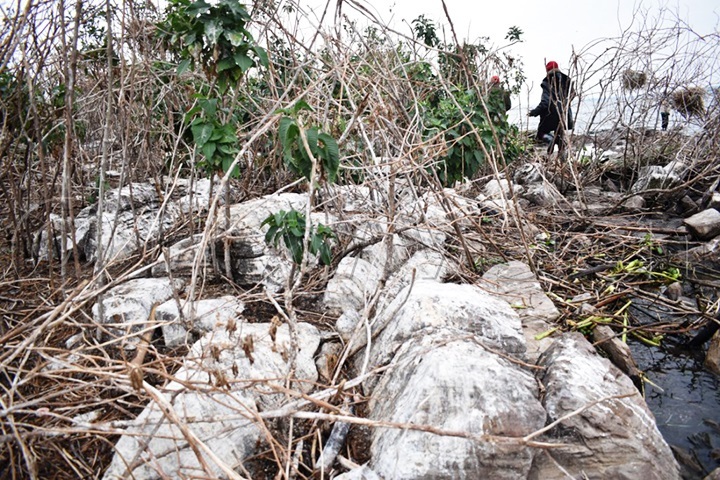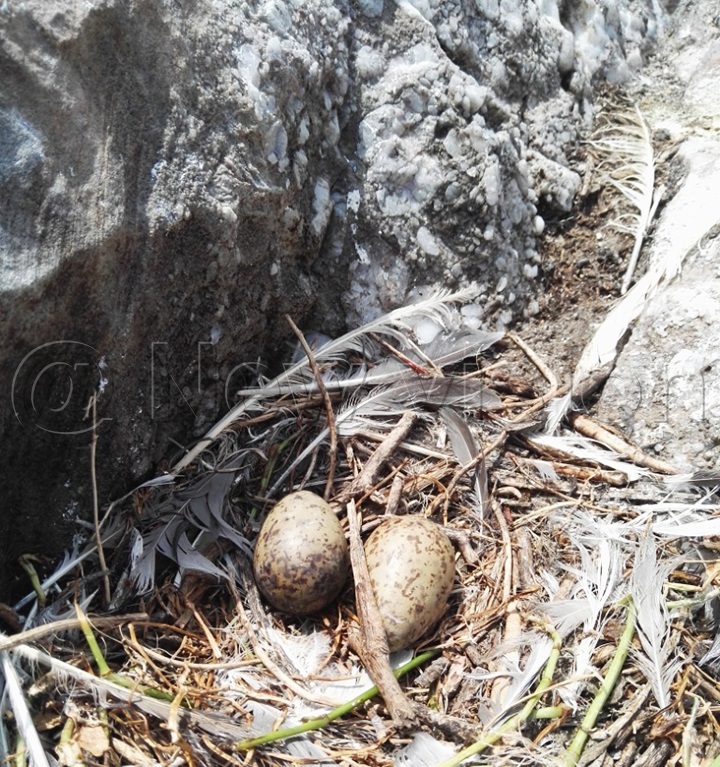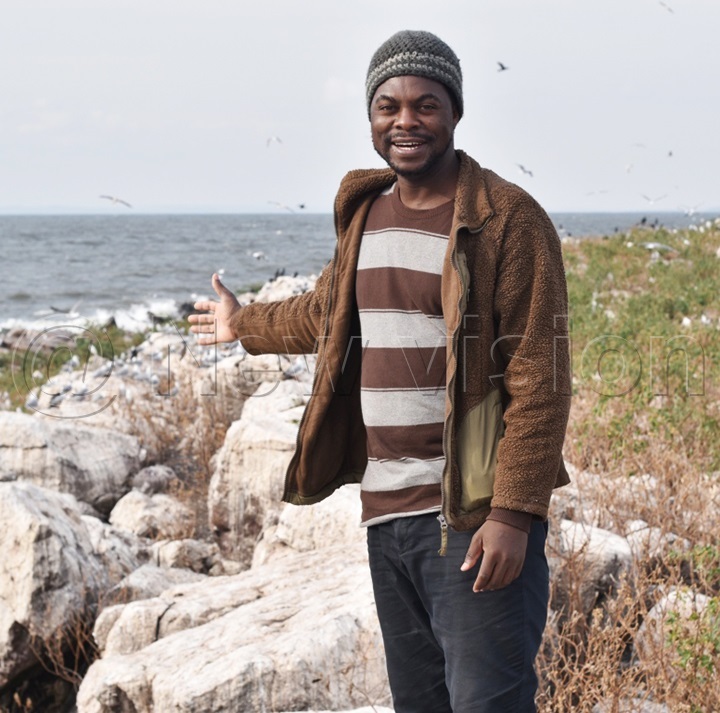Floods destroy largest breeding ground for birds
The island is home to 100 bird species. It is believed that about 200,000 birds live and breed here.
NATURE | SITES & SOUNDS
KYOTERA- It is dawn at Musambwa Island in Kyotera district and chirping birds happily jump on rocks and trees.
A colony of grey-headed gulls takes to the sky, while others remain to guard their nests, eggs and young ones.
It is hard to tell whether they are mourning the death of several members of their flock, who drowned in the floods triggered by the recent rising water levels. Up to now, several breeding territories are waterlogged and deserted.
Going around the rocks, you jump over dead gulls, little egrets and other birds.
Over 80 eggs of different bird species and 110 dead birds are scattered within one acre.
This faintly gives a picture of the impact of the recent rising water levels and floods on the birds and the breeding territories.
Enoch Ntale, a conservationist and tour guide at the island, estimates that nearly 1,000 eggs were destroyed and over 500 birds, especially those nestling, were killed by the floods.
"This is a natural calamity and we can do little about it. However, we expect to determine the impact in August after counting. But the number of birds will reduce as a result of the floods," he noted.
Swelling water levels
The May 2020 report by Sam Cheptoris, the Minister for Water and Environment, indicated that the water levels of Lake Victoria had hit the record of 13.42-metre mark, surpassing the 1964 record of 13.41 metres.

Thus, islands, including Musambwa, Migingo and Ssese almost submerged, forcing several occupants, including birds, to evacuate.
The soaring water levels have since extended to about 50 metres from the shoreline into the island (Musambwa), affecting people's settlements and lower breeding colonies.
Although the water has slightly receded by about one metre, conservationists argue that it may take about two months for it to return to normal levels.
But their calculations hang in the balance since the seasonal rainfall outlook for June, July and August indicates that some parts of the country will receive above-normal rainfall.
Ntale said mostly grey headed gulls have lost their young ones and eggs, yet the fishermen have extended their settlements to the breeding colonies.
He added that the disaster happened during the nesting period.
Birds on the island
The six-acre island is located in the northwestern part of Lake Victoria. It is so far the world's largest breeding colony for birds, mainly the gulls.

The island is home to 100 bird species. It is believed that about 200,000 birds live and breed here.
Apart from the grey-headed gulls, there are Little egrets, Greater cormorant, Long-tailed cormorant and the Black crake.
Others are White-winged Black Tern, Sacred Ibis, Egyptian Goose, Spur-winged Plover, Cattle Egret, Lesser Black-backed Gull, Grey Heron and Common Moorhen, in addition to snakes and pythons.
The breeding territories have gradually shrunk due to encroachment by fishermen.
During the floods, the small island, which was a breeding colony for over 3,000 gulls, was completely submerged, forcing the birds to migrate to the remaining two rocks, where they are fighting for space.
What fishers say
Charles Tebasulwa, the chairperson of the Association of Fishers and Lake Users of Uganda at the island, said they suffered the immediate impact of the floods, which forced them to the dry areas.
"Our houses were submerged. We were forced to relocate to higher ground to share space with the birds," he added.
Despite their intrusion, Tebasulwa said they are complying with the conservation guidelines to preserve the birds.

"We have decided to give the gulls a chance to multiply. It is because of conservation that we coexist with the birds, forest cobras, pythons and other creatures," he recounted.
The fishermen said they will vacate the birds' territory once the water recedes.
Conserving nature
Nature Uganda, a leading conservation organisation championing the protection of birds and their habitats, got interested in the island in 1998.
Achilles Byaruhanga, the Executive Director of Nature, Uganda, said at that time the island had 30,000 pairs of grey-headed gulls, making it the largest known breeding colony in Africa.
"In 2001, it was identified as an important area, critically important for the conservation of birds around the world. And in 2005, the Government recognised the site together with Sango bay as Ramsar sites," he said.
With the colony reestablished the numbers increased from 5,000 to nearly 60,000 birds in 2008. Bird counting is done twice a year —in January and July.
The recent count in January indicated the number of grey headed gulls was 100,000 (individuals), while the breeding pairs keep fluctuating between 30,000 and 50,000 pairs.
There are mainly two populations of grey-headed gulls namely; the resident, which do not migrate, and those that migrate to Asia or Europe and return during winter.
During the migration season (from October to February), the numbers tend to be high but they reduce after March, when the migrant group has left the country, Byaruhanga said.
A conservation programme by Nature Uganda is meant to establish mechanisms through which all the occupants with a stake in the island, including fishermen, birds and reptiles, can sustainably coexist.
The gulls lay between two and three eggs.
Byaruhanga said previously, occupants on the island used to eat the eggs. They would also sell them at Malembo, Kasensero and nearby landing sites.
However, the practice gradually stopped, hence the increasing number of gulls.
Cultural conservation
The word musambwa means a spirit or a ghost. There is a belief that there is a female ghost on the island, which envies women. Although women are allowed to visit, they are not allowed to stay for a night.
The fishermen believe that the snakes are spirits of the island and no one is allowed to harm or kill them. With time, the deadly snakes became quite domestic.
There have never been any cases of deadly bites or death from snake poison on the island.
Secondly, sex is not allowed on the island. Fishermen who wish to have sex must sail back to the mainland. To the conservationists, the tradition has controlled the population on the island.
People would have multiplied and occupied the whole area, which could drive the birds away.
This story was done in partnership with InfoNile with support from Internews' Earth Journalism Network